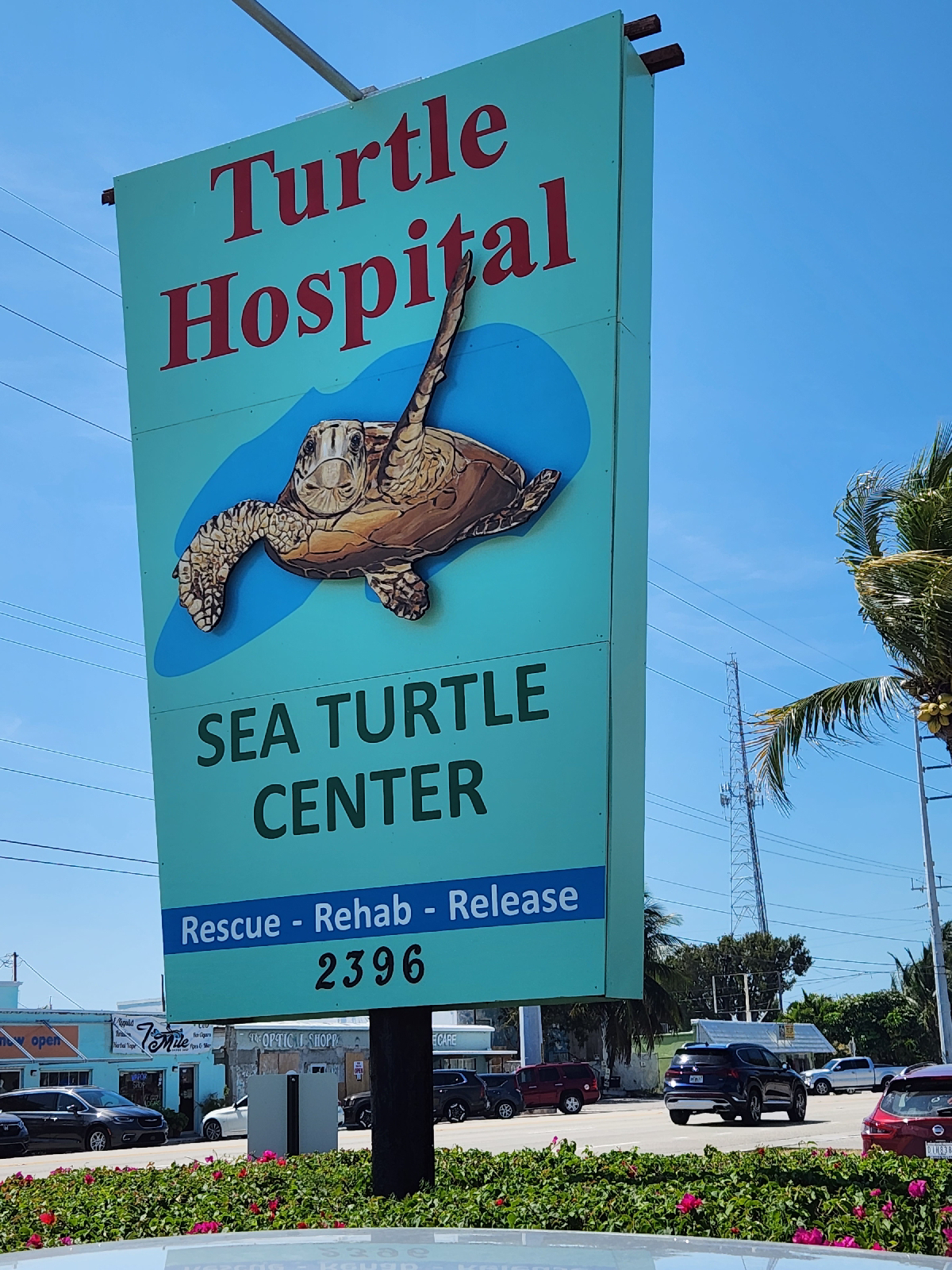Last moments in paradise
We started the morning by waking up at a harsh 3:30 a.m.. We left around 4 to began our short ten minute ride to the airport. We returned our rental car once we arrived at the airport and traveled to the bag check and security. After waiting about an hour we began boarding at 5:30. After a short taxi to the runway, we departed from Tampa at exactly 6:26. While we were in the air we got to watch the beautiful sunrise from the East. Overall the flight was good, very low turbulence if any. We began our initial decent at 7:57 and landed at 8:20. Sad to see this field trip end. I just want to thank Mr. and Mrs. Park for making this an experience we will all remember for the rest of our life. I am also so grateful for all the memories with these amazing girls. By: Hanna Surfus
